Dig into architectural history with these SAH 2016 Publication + Film and Video Award-winning titles
By Justine Testado|
Friday, May 6, 2016

Related
Looking for a new architectural history book or film to pick up? Perhaps you'll want to look into these Society of Architectural Historian-winning titles. Every year, the SAH honors the art of storytelling of the built environment in the Publication Awards as well as the Award for Film and Video. The Publication Awards recognize the best published narratives on architectural history, urban history, landscape history and historic preservation scholarship, as well as architectural exhibition catalogues. As for the Award for Film and Video, the program highlights distinguished works of film and video on the history of the built environment, with no geographic or political boundaries limiting subject matter or production team.
Have a look at this year's winners and honorable mentions, along with excerpted jury comments.
2016 PUBLICATION AWARDS WINNERS
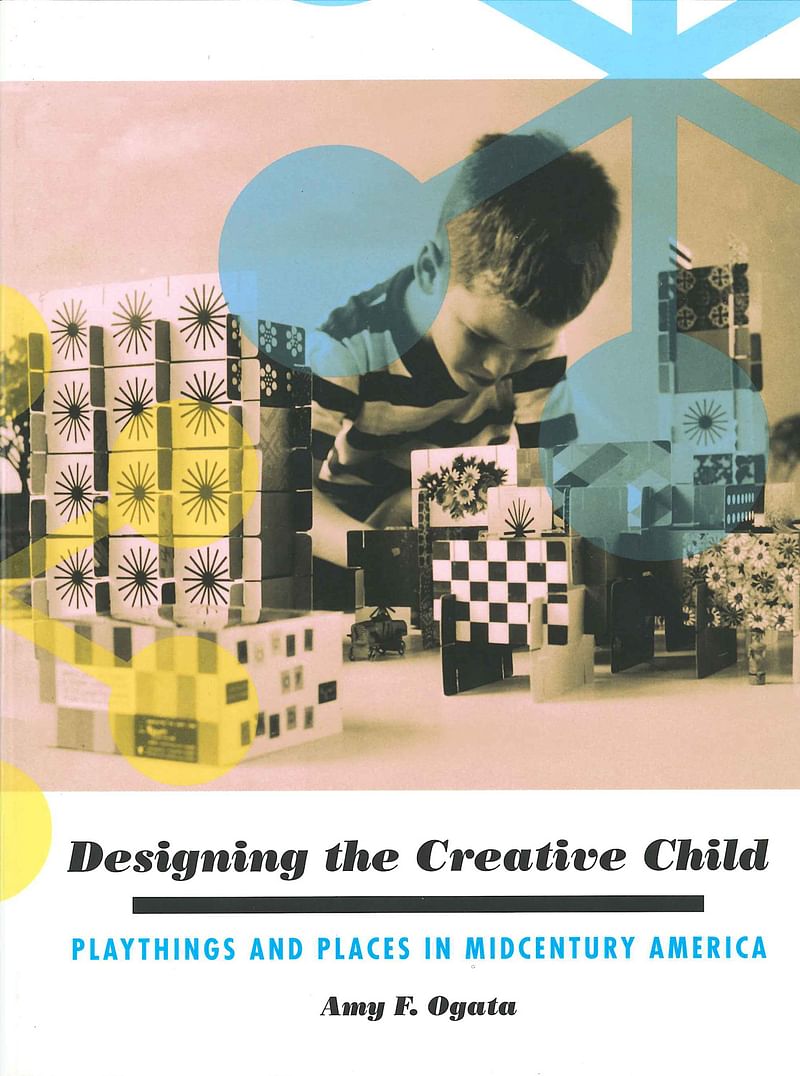
2016 Hitchcock Award Winner: Amy F. Ogata, Designing the Creative Child: Playthings and Places in Midcentury America (University of Minnesota Press, 2013)
Jury citation: “Amy Ogata’s Designing the Creative Child explores the emergence of creativity as a defining feature of American childhood in the years following World War II. Against a backdrop of the “baby boom’s” massive demographic shift, Cold War political anxieties, and the midcentury intensification of commercial consumption, Americans mobilized the material culture of childhood to support the idea of children as naturally imaginative and innately creative...The committee was particularly impressed with the interdisciplinarity and transmediality of Ogata’s study as she unpacked the arguments about creativity made by educational toys, children’s television programs, suburban playrooms, stackable classroom furniture, open-plan classrooms, and child-focused museum exhibits and programming. Designing the Creative Child’s scholarly rigor, its compelling argument, and its engaging and accessible writing style will ensure that it reaches a broad and appreciative audience who will never again pick up a Lego or cross a playground without thinking about Americans’ enduring allegiance to a romantic notion of the creative child.”

2016 Downing Award Winner: Miles Glendinning, The Conservation Movement: A History of Architectural Preservation (Routledge, 2013)
Jury citation: “Building upon works by Jukka Jokilehto and others, Glendinning synthesizes an ambitious scope of subject and chronology. The book spans from antiquity to the present, throughout the western world (with a focus on western Europe). It treats urban conservation as well as buildings. Given his scope, Glendinning does a remarkable job of representing such a diverse range of historical trends through specific examples, well chosen, well told and clearly illustrated. His account is a robust and sophisticated history—intellectual, cultural and political. The Conservation Movement can serve as a comprehensive history textbook; it takes the extra step to include a thorough scholarly apparatus of footnotes and bibliography so that it is an essential resource for researchers. Glendinning describes recurring patterns such as responses to iconoclasm and wartime destruction. He also notes the strands of differing preservation philosophies and their evolving application. In keeping with the best histories that synthesize expansive bodies of information, he gives us perspective to understand the evolving nature and diversity of conservation across time and place.”

2016 Johnson Award Winner: Katherine A. Bussard, Alison Fisher, and Greg Foster-Rice, The City Lost & Found: Capturing New York, Chicago, and Los Angeles, 1960–1980 (Princeton University Art Museum, 2014)
Jury citation: “A compelling look at the seismic transformations that reshaped the American city during the 1960s and 1970s, this vividly written and engagingly produced catalogue expands our vision of the period to include the work of photographers, filmmakers, architects and performance artists whose art and actions creatively responded to the seminal events of that time. Film and photography played a decisive role in capturing and exposing the complex, multifaceted experiences of the era. The City Lost & Found brilliantly examines the catalytic effect those media had in establishing new directions for architecture and urban planning, particularly through direct engagement with city streets, popular culture, and the lived experience of the city. Featuring contributions by more than twenty scholars and advanced students in a diversity of fields, the clarity and unity of the presentation is exceptional. Broad based, insightful essays frame lively discussions of individual objects to comprehensively capture the structure and experience of the gallery displays. The forceful, call-to-action beat of the period enriches our understanding of contemporary cities and current architectural-political discourse.”

2016 Kostof Award Winner: Kenny Cupers, The Social Project: Housing Postwar France (University of Minnesota Press, 2014)
Jury citation: “The suburban environments of postwar France—those peripheral territories of housing slabs, towers, and megastructures— have commanded much attention in recent years, as sites in which we might find the twentieth-century’s utopian impulses and their social consequences dramatically condensed in architectural forms...With a broad narrative scope that extends across three postwar decades, and a precise explication of the myriad details of the archive, Cupers has revealed the complex field of experimentation that accompanied these projects. He demonstrates that far from being the imposition of a preconceived dogma, these projects resulted instead from the fully-invested efforts of a range of expert disciplines, civic participants, construction firms, and inhabitants...With its fluent and compelling interpretations of materials including architectural form, sociological studies, and popular media, The Social Project reorients our understanding of the disciplinary efforts of architectural modernism in the technocratic milieu of the twentieth century.”

2016 Kostof Award Honorable Mention: Christine Stevenson, The City and the King: Architecture and Politics in Restoration London (Yale University Press, 2013)
Jury citation: “The City and the King engages readers in the complex and ever-changing web of relationships between the body politic of London and Charles II. Its setting is one of the most tumultuous periods in English history...Drawing on municipal archives, contemporary diaries and popular broadsides, Stevenson introduces us to the many players behind the scenes—merchants, mayors, royal surveyors, as well as architects—who shaped the city following the triumphal Restoration of the monarchy in 1661. Stevenson sees architecture most essentially in the service of a collective memory...In exploring how the gesture of gifting or the protocols of ceremonial processions are invested with the power of place, Stevenson broadens the definition of urban form. She reveals a vision of London at a critical historical moment, its architectural design conditioned by the force of current events and by the pull of a distant past.”
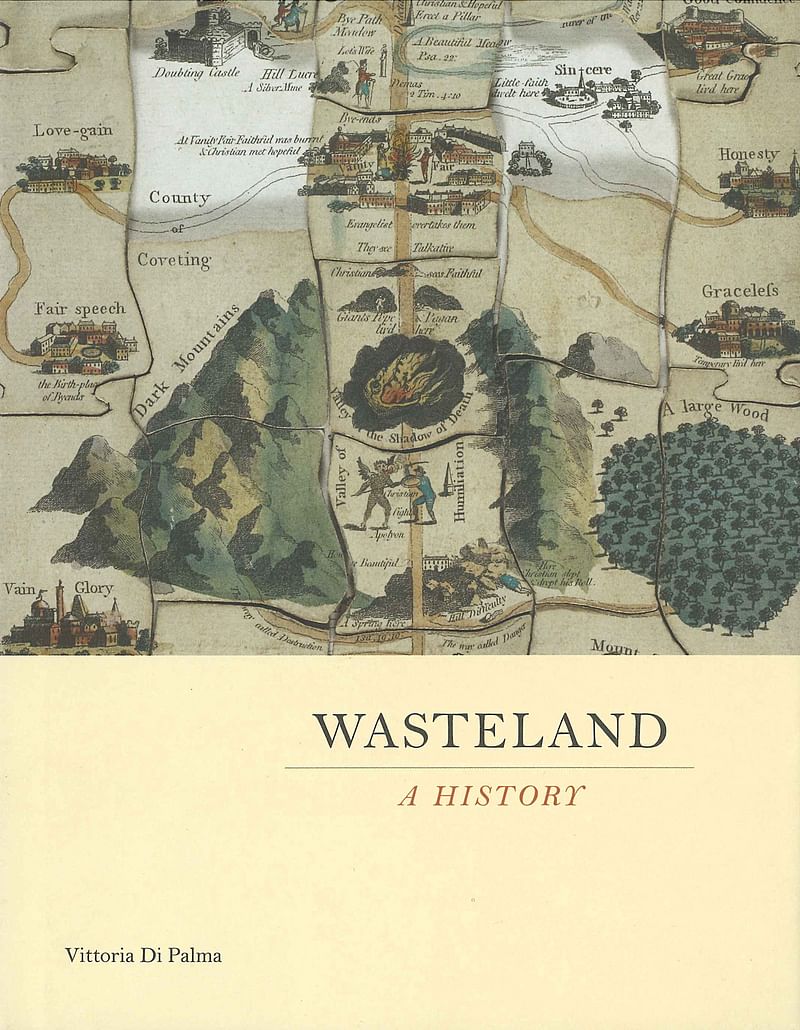
2016 MacDougall Award Winner: Vittoria Di Palma, Wasteland: A History (Yale University Press, 2014)
Jury citation: “Vittoria Di Palma’s Wasteland: A History proposes that to understand beauty, we must look with equal care at its opposite. The study offers a radically new insight into 18th-century landscape theory and the Picturesque, but in place of beautiful or dramatic landscapes, it looks at swamps, fens, forests, wildernesses—areas of the landscape that were regarded as useless, flat, ugly, or simply unknowable...Threading her way from the 17th- and 18th-century drive to classify natural history, to maps and surveys that made land measurable and visible, and to policies and technologies that eventually allowed previously marginal land to be converted to new use, she explains how the values placed on landscape in the 18th century continue to resonate today.”
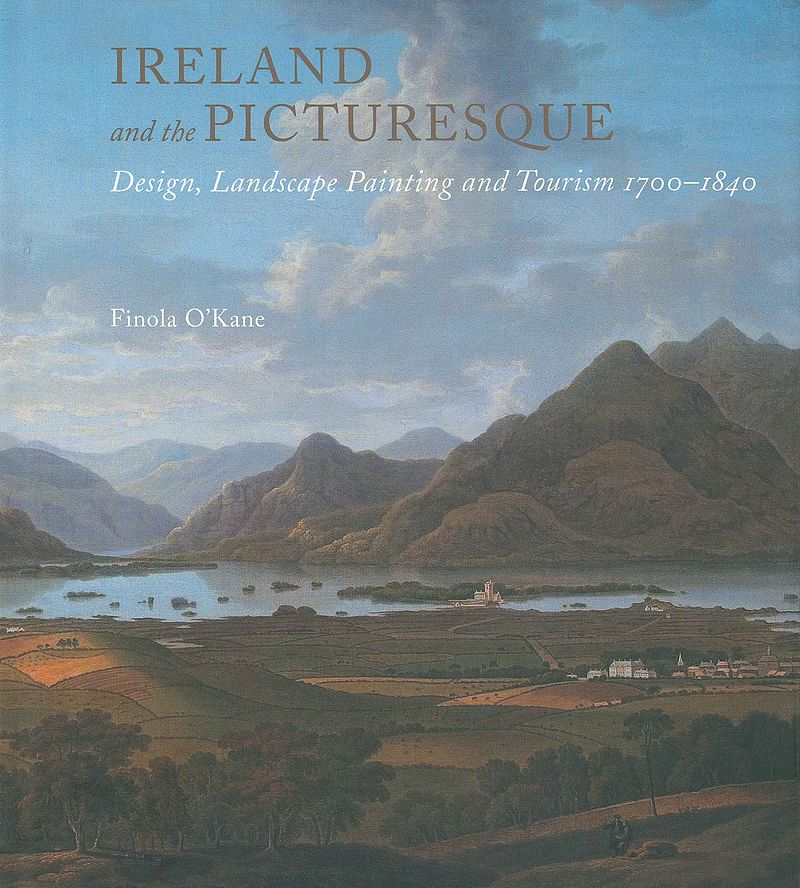
2016 MacDougall Award Honorable Mention: Finola O'Kane, Ireland and the Picturesque: Design, Landscape Painting and Tourism 1700–1840 (Yale University Press, 2013)
Jury citation: “Finola O’Kane’s book explores the role of Ireland as a place for the development of the picturesque. She argues that Ireland, more than any other place, was a British theater for experimentation in politics, farming, philosophy, aesthetics, and tourism in the 18th century. As a study of both the Irish landscape and the reception of it, the beautifully produced volume is an excellent addition to the scholarship on the picturesque in landscape architecture and its sister arts of painting and architecture..”

2016 Founders Award Winner: Lukasz Stanek, “Architects from Socialist Countries in Ghana (1957–67): Modern Architecture and Mondialisation,” Journal of Architectural Historians 74, no. 4 (December 2015): 416–442.
Jury citation: “Lukasz Stanek documents the attempt by nations aligned with the Soviet Union to create a multi-national building culture that would express the ideals of the socialist bloc in a distinctly modernist architectural vocabulary...Using Ghana as a case study, Stanek demonstrates how the newly independent nation’s leadership of the Ghana National Construction Corporation (GNCC) imported eastern European technical expertise and construction technologies, largely from Poland, to work with Ghanian architects and planners to develop building complexes that were intended to embody the nation’s post-colonial identity...Stanek’s article deftly reinforces the idea that among those working in newly independent nations such as Ghana, modern architecture was not strictly associated with either the West or the Socialist world; it was simply the best-practice means of producing quality construction that carried little identification with the previous colonial regime. Stanek’s narrative is well told and is developed from an impressive variety of archival sources located on three continents.”
2016 AWARD FOR FILM AND VIDEO
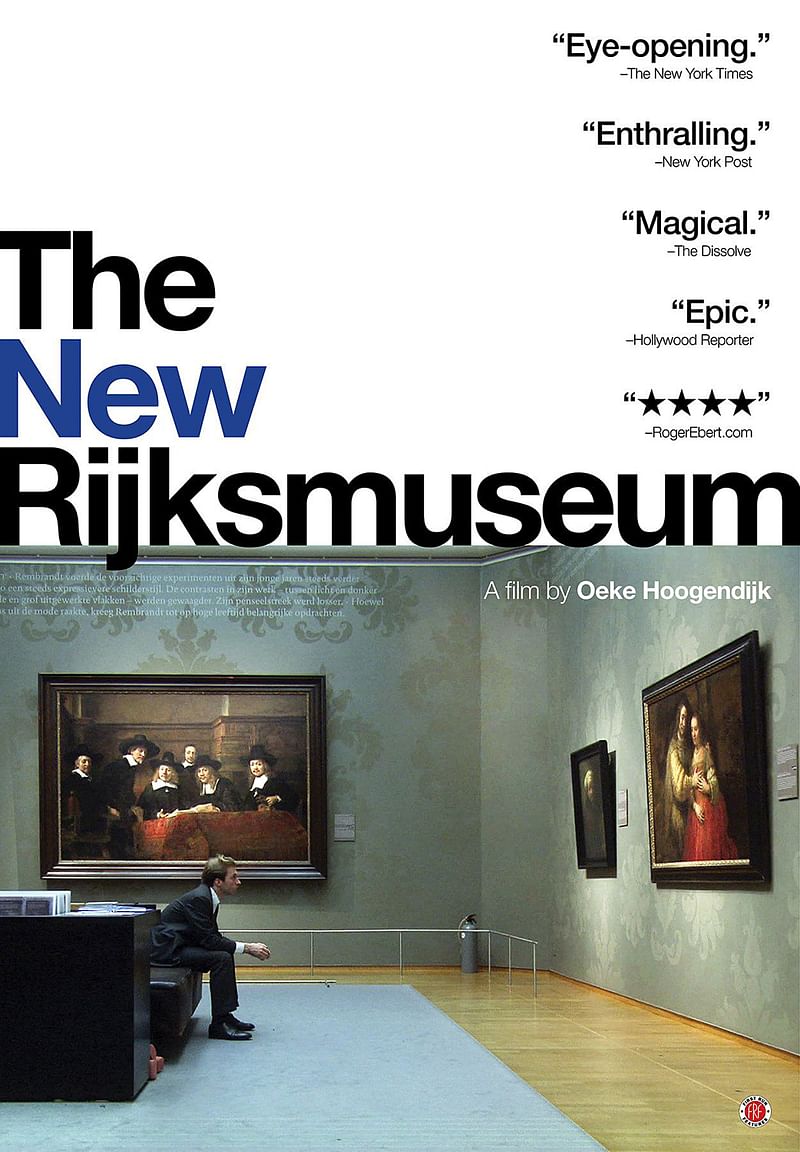
2016 SAH Film and Video Award winner: “The New Rijksmuseum”, First Run Features, 2014
Filmmaker: Oeke Hoogendijk
Run time: 131 min
Award Committee comments:
“Rare is the documentary film about a single building that can sustain the interest of viewers for over two hours. Brilliantly filmed and edited, The New Rijksmuseum by Oeke Hoogendijk explores the complicated renovation of Pierre Cuypers’ 1885 museum in Amsterdam. It surveys aesthetic deliberations that the Spanish architects in charge of the project, Antonio Cruz and Antonio Ortiz, had with curators and administrators that led to the triumphant reopening of the museum in 2013, ten years after construction began.
As an investigation of the social life of architecture, the film casts a revealing light on Dutch social democracy as it shows the power of the cyclists union to prevent planners from destroying a much-loved bike path that ran through the building. The filmmaker also underscores the difficulties of running a large public institution that is undergoing a major transformation. Along the way, Hoogendijk highlights the challenge of creating memorable architectural spaces for the display of some of the world’s most celebrated art and of providing state-of-the-art facilities for the preservation and conservation of artworks."
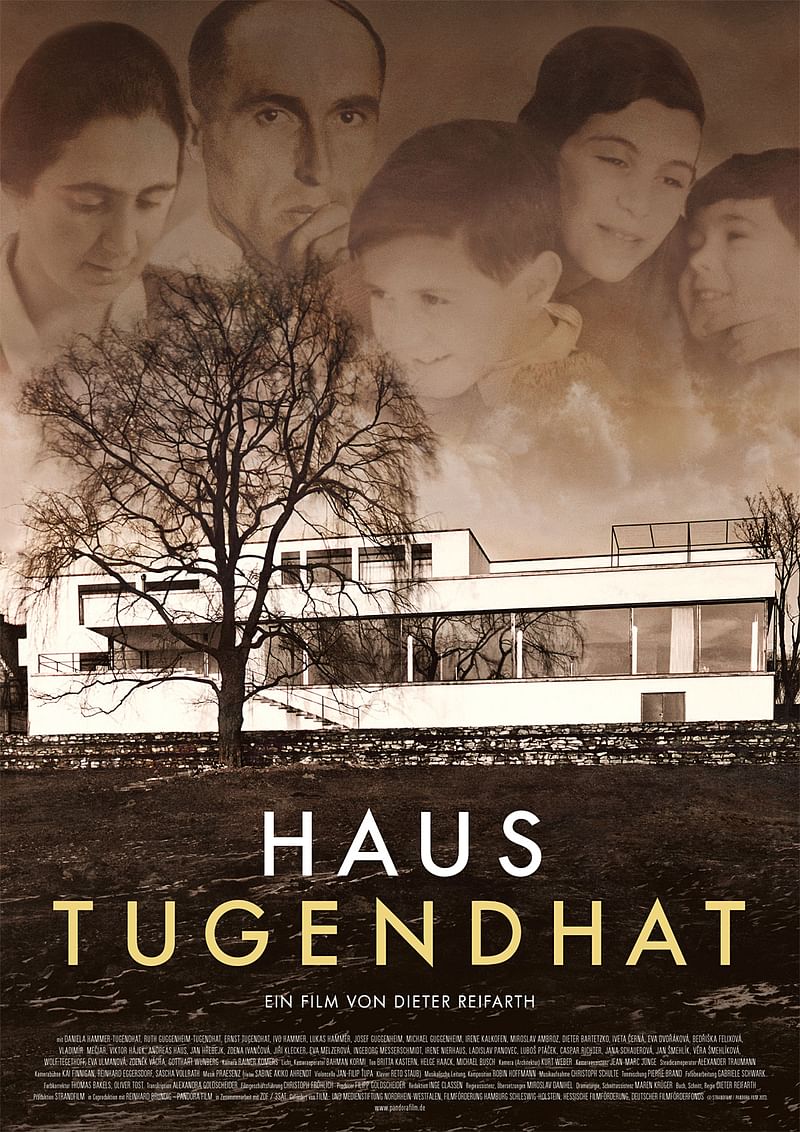
2016 Honorable Mention: Haus Tugendhat, Pandora Film, 2013
Filmmakers: Dieter Reifarth (director) and Filipp Goldscheider (producer)
Run time: 117 min
You can watch each film's official trailers below.


Share
0 Comments
Comment as :